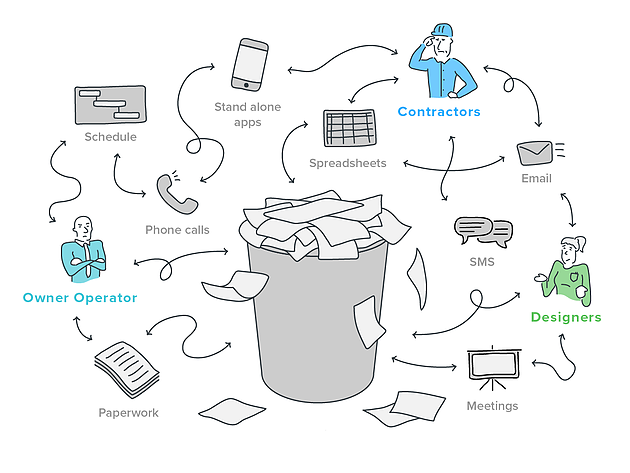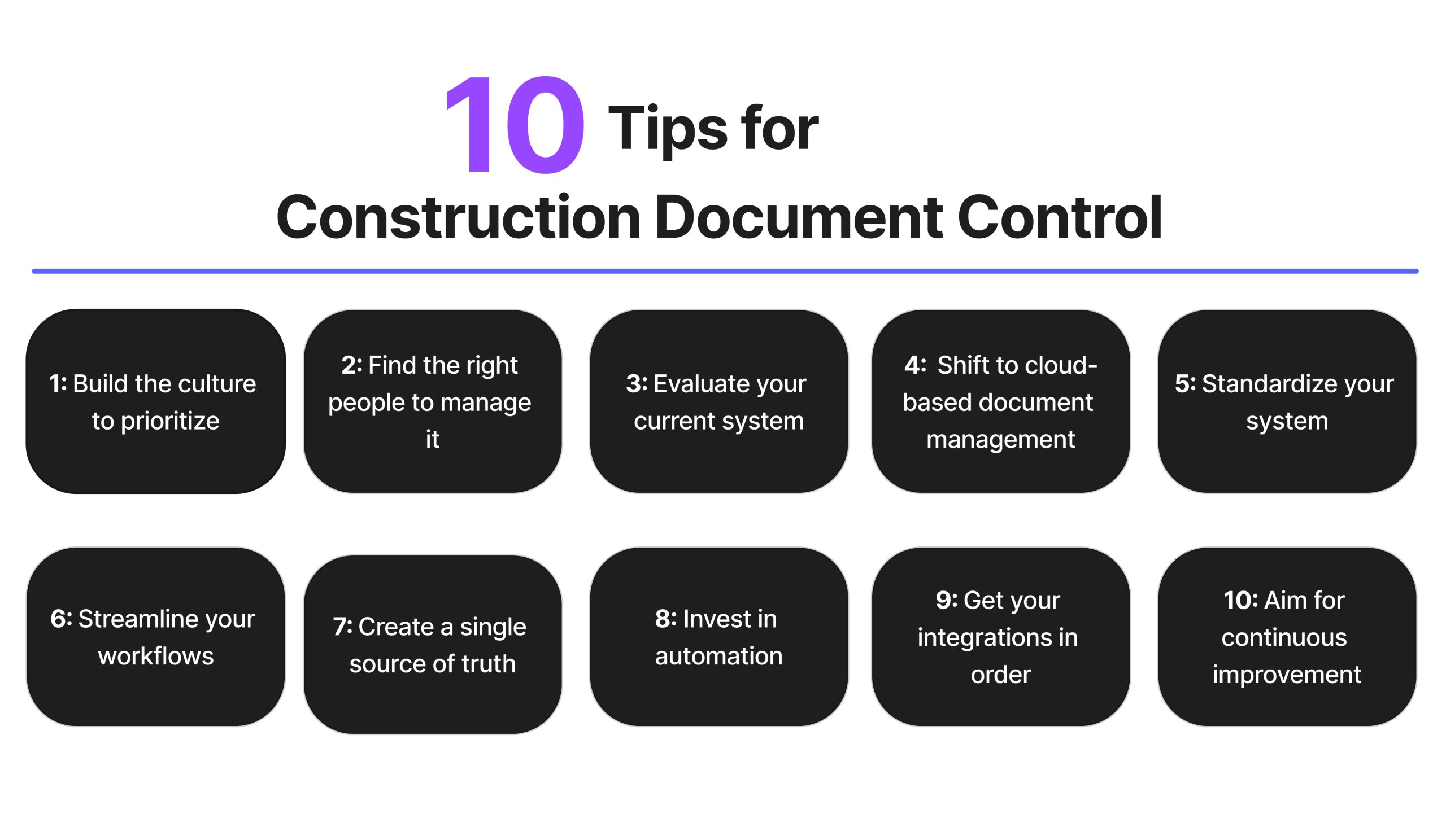Simplify Your Operations: Construction Document Management Made Easy
Simplify Your Operations: Construction Document Management Made Easy
Blog Article
Optimizing Project Partnership: Engineer's Finest Practices in Building And Construction Document Administration
In the complex world of building projects, the reliable management of building papers stands as a keystone for success. Among this intricacy exists an important question: just how can designers streamline partnership processes to boost job end results?
Leveraging Cloud-Based Systems
Leveraging cloud-based systems is a fundamental method for contemporary architects in enhancing building file monitoring procedures. By transitioning from conventional paper-based systems to cloud services, designers can improve partnership, boost record availability, and enhance general project effectiveness. Cloud-based platforms offer architects the ability to shop, share, and update building documents in real-time, making sure that all staff member have accessibility to one of the most present information despite their location. This access promotes smooth interaction and coordination amongst job stakeholders, leading to fewer mistakes and delays in the construction process.
In addition, cloud-based systems offer a protected setting for saving delicate job information, supplying file encryption, normal backups, and customer permission settings to shield data integrity. Designers can additionally benefit from the scalability of cloud options, enabling them to change storage capability and performance based upon project needs. In general, leveraging cloud-based platforms equips architects to enhance their building record monitoring procedures, driving better partnership, performance, and success in their jobs.
Carrying Out Version Control Equipment
Having developed the advantages of cloud-based systems in building and construction record monitoring, architects can currently boost their document control processes by carrying out Variation Control Solution. Variation Control Equipment (VCS) are necessary devices that track modifications in records, making certain that group members are constantly functioning with the most up to date and most accurate details. By applying VCS, architects can keep a centralized database where all job papers are kept, enabling seamless collaboration while reducing the danger of mistakes and version disputes.
This feature is especially useful in building and construction projects where layout iterations and modifications are usual. This transparency not only boosts liability however additionally assists in solving disagreements or disparities that might develop throughout the job lifecycle.
Establishing Interaction Methods
To ensure reliable and effective project sychronisation, architects should develop clear and durable communication protocols within their construction document administration procedures. This system could be a task management software program, e-mail threads, or cloud-based storage services.
Furthermore, communication protocols must likewise consist of standards on how to manage problems, modification orders, and urgent issues that may develop throughout the project lifecycle. Establishing a structured technique to communication guarantees that all stakeholders get on the very same page, promotes transparency, and ultimately adds to the effective completion of the construction job.
Utilizing BIM Software Application for Control
BIM software plays an essential role in improving control amongst job staff member in the building market. Structure Information Modeling (BIM) helps with collaboration by providing a central platform where engineers, engineers, service providers, and other stakeholders can interact in a collaborated fashion. Through BIM software, task participants can access and update a common model that includes in-depth information regarding the building design, building and construction components, and task schedules.

Furthermore, BIM software makes it possible for real-time collaboration and communication amongst employee, no matter of their physical place. With cloud-based BIM systems, task stakeholders can access the current project details, track modifications, and make educated choices quickly. Generally, leveraging BIM software program for control improves project efficiency, productivity, and eventually causes effective task results.
Ensuring Information Protection and Conformity
In the world of construction record management, protecting data honesty and ensuring regulative conformity are paramount factors to consider for engineers and other click over here project stakeholders. Architects have to carry out robust safety and security measures to shield sensitive job information from unauthorized access or breaches. Utilizing safe and secure cloud storage options with encryption protocols and gain access to controls can assist minimize threats associated with data theft or loss. Routinely updating software application and systems, performing safety and security audits, and providing personnel training on data safety and security ideal methods are vital actions in maintaining a safe and secure atmosphere for construction paper monitoring.

Conclusion
To conclude, designers can enhance job cooperation in building and construction paper monitoring by leveraging cloud-based systems, implementing version control systems, developing communication protocols, utilizing BIM software application for control, and ensuring data safety and compliance. These Click This Link finest practices help streamline the building procedure, enhance communication amongst job stakeholders, and improve efficiency in project shipment. By complying with these guidelines, architects can effectively manage construction records and help with successful job end results.
With BIM software, job individuals can access and update a common model that consists of detailed information about the structure style, construction elements, and job schedules.
With cloud-based BIM systems, task stakeholders can access the newest project information, track modifications, and make notified choices quickly - construction document management. Overall, leveraging BIM software application for sychronisation improves project efficiency, performance, and eventually leads to successful job end results
In conclusion, engineers go to this site can maximize project collaboration in construction paper administration by leveraging cloud-based systems, applying version control systems, establishing communication methods, using BIM software program for sychronisation, and ensuring data protection and conformity. These ideal techniques help enhance the construction process, enhance communication amongst project stakeholders, and enhance performance in task shipment.
Report this page